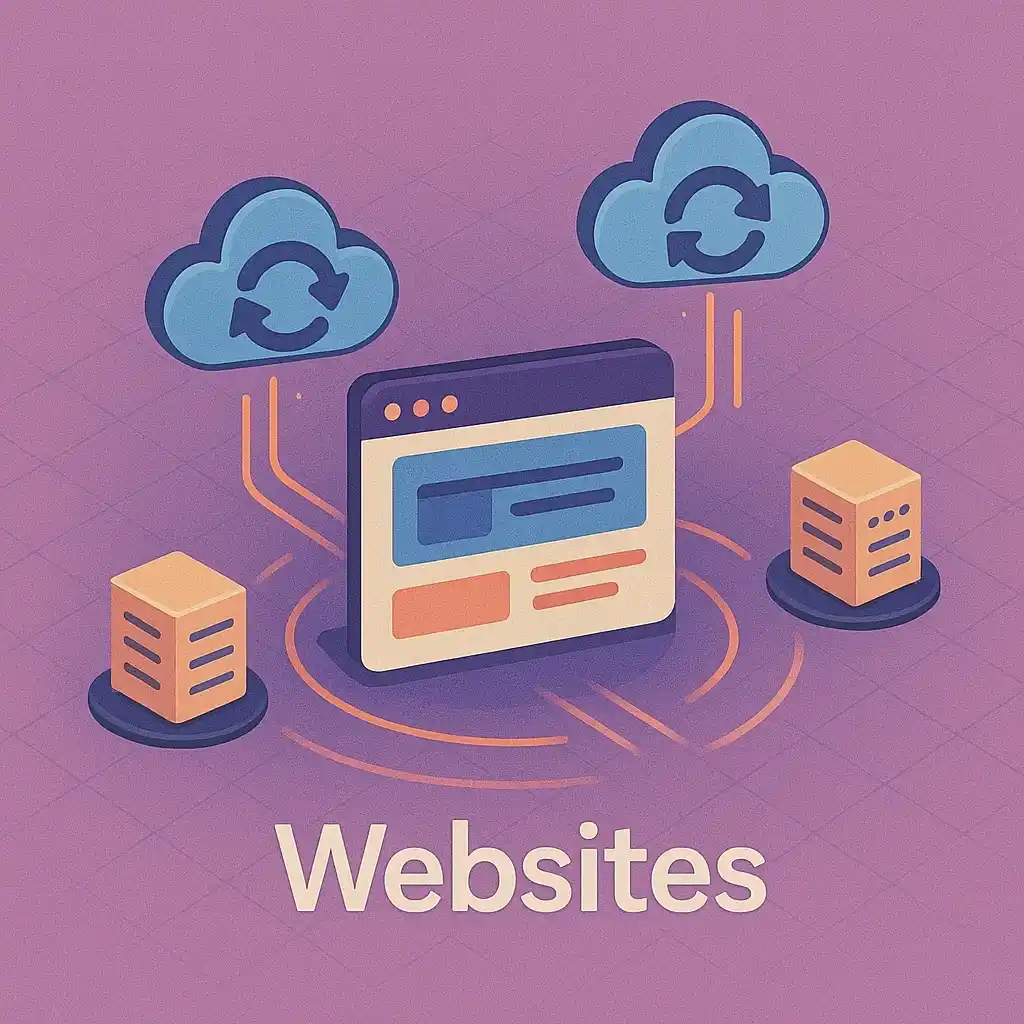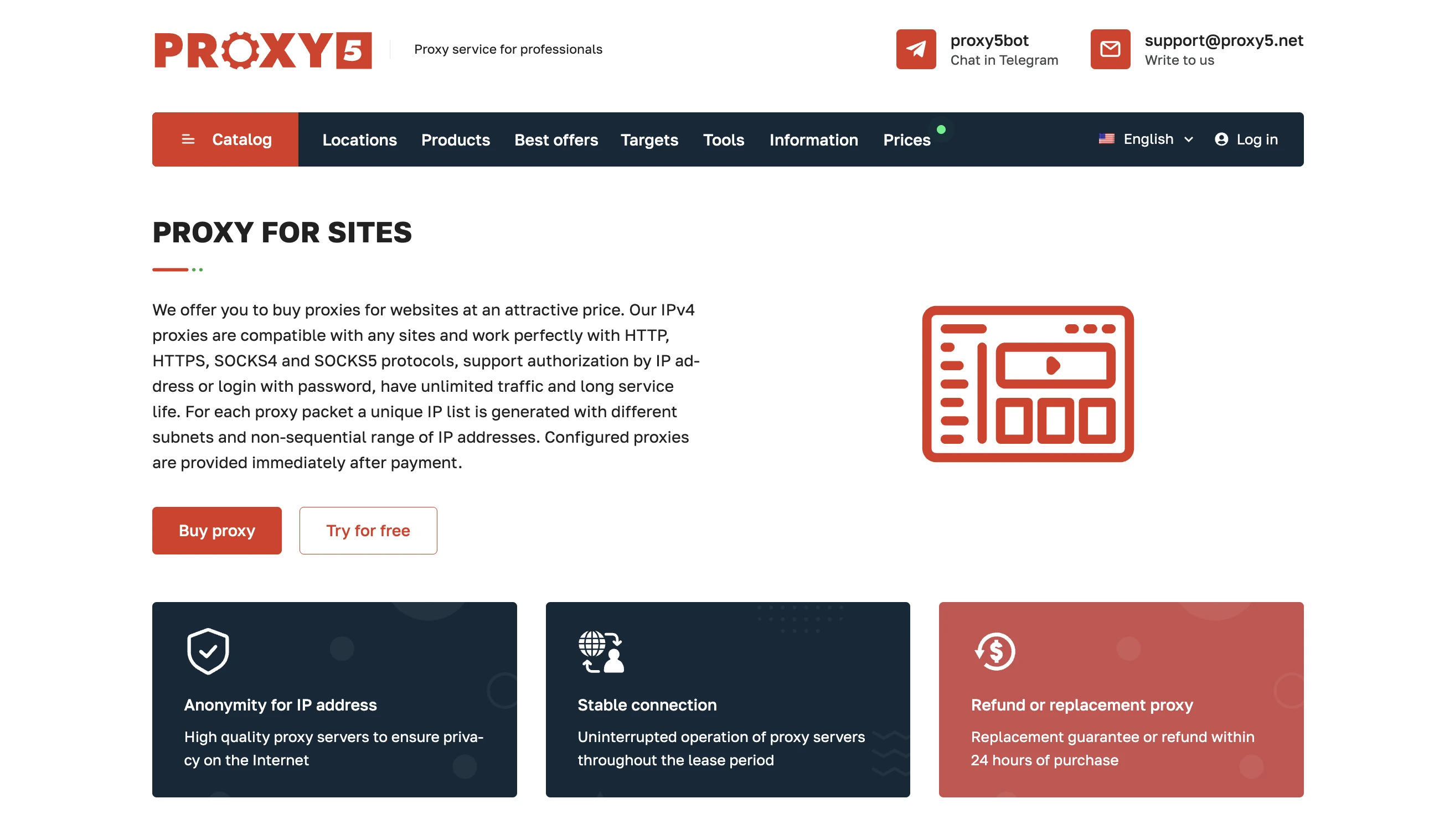
If you’re working in SEO, marketing, or data analytics, you’ve likely encountered the term proxy server. But what is a proxy server, and why is it vital when working with websites?
A proxy server acts as an intermediary between a user’s device and the internet. When you send a request (like opening a webpage), the proxy receives it, processes it, and then forwards it to the intended destination. In return, the proxy sends back the response to your device. Essentially, it masks your original IP address and lets you operate under a different digital identity.
This mechanism is incredibly beneficial in tasks involving:
- Web scraping and data mining
- SEO performance tracking
- Ad verification
- Accessing geo-restricted content
- Protecting identity in competitive markets
Whether you’re managing multiple social media accounts, automating marketing tools, or analyzing search engine results across regions, proxies are non-negotiable. Without them, your IP could be blocked, limited, or flagged as suspicious—derailing your efforts.
Proxy Features in Website Integration:
- IP Masking: Avoid bans and tracking
- Multi-country Support: Access localized search data
- Speed Optimization: Stable connections to avoid timeouts
- Compatibility: Work seamlessly with all website types and automation tools
Ultimately, a reliable proxy setup allows for smooth, secure, and scalable interactions with websites—without raising any red flags.
Where to Get Proxy Servers for Websites?
The million-dollar question: Where can you find proxies that actually work for websites? Meet Proxy5 – a solution tailored for digital professionals who value speed, versatility, and reliability.
Proxy5 offers affordable IPv4 proxies that are ready for action immediately after payment. Designed to handle heavy lifting across a wide variety of sites, these proxies are compatible with HTTP, HTTPS, SOCKS4, and SOCKS5 protocols. You also get the flexibility to choose between IP-based or login-password authentication.

Key Features of Proxy5:
- Full Protocol Support: HTTP(s) and SOCKS5 supported across all proxies
- Cross-Compatibility: Works with all websites and software applications
- Global IP Access: IP addresses from countries around the globe
- Massive IP Pool: Over 150,000 IP addresses available
- Diverse Subnets: More than 500 Class-C subnets to minimize detection
- Unlimited Bandwidth: No traffic caps to worry about
- Fast Speed: 100 Mbps bandwidth ensures low latency
- Flexible Authentication: Use IP authorization or login-password
- Proxy List Access: Load lists via URL or copy them manually
- Update Every 8 Days: Refresh your proxy IPs periodically
- Client Dashboard: Manage proxy lists and settings with ease
Before you commit, Proxy5 even offers a free 60-minute trial with a random set of IPs, giving you the opportunity to test real performance.
With plans customizable by country, quantity, and duration, Proxy5 adapts perfectly to your project needs—whether you’re running a solo campaign or managing enterprise-scale operations.
Should You Buy Proxies or Use Free Ones?
While free proxies might seem appealing—especially for beginners or casual users—they come with significant risks and limitations:
Disadvantages of Free Proxies
- Unreliable Performance: Often slow or frequently offline
- Security Concerns: Higher risk of data breaches and malware
- Shared Use: Multiple users on the same IP raise flags quickly
- No Support or Guarantees: You’re on your own if something breaks
Advantages of Paid Proxies
- Dedicated Resources: Unique IPs reduce chances of bans
- High Speed: Guaranteed bandwidth and uptime
- Customer Support: Direct help in case of technical issues
- Data Security: Encrypted, safe, and professionally managed
For serious projects, paid proxies aren’t just a luxury—they’re a necessity. If you’re a marketer, SEO specialist, or entrepreneur, free proxies could end up costing you more in lost time, blocked accounts, or corrupted data.
How to Set Up Proxy Servers for Websites?
Setting up a proxy for website usage is simpler than it sounds. Here’s a step-by-step guide using both browsers and system settings:
A. Windows Proxy Setup:
- Open Settings > Network & Internet > Proxy
- Toggle on Manual Proxy Setup
- Enter Proxy5 details:
- Address:
proxy5.address.com - Port:
8085(for HTTP/HTTPS) or1085(for SOCKS 4/5)
- Address:
- Save changes and exit
B. macOS Proxy Setup:
- Open System Preferences > Network
- Select your active connection, click Advanced
- Go to the Proxies tab
- Enable and configure:
- Web Proxy (HTTP) or Secure Web Proxy (HTTPS) using port
8085 - SOCKS Proxy using port
1085
- Web Proxy (HTTP) or Secure Web Proxy (HTTPS) using port
- Apply and exit
C. Browser-Based Proxy Setup (e.g., Chrome or Firefox):
- Go to Settings > System > Open Proxy Settings
- Input proxy details similar to OS setup
For effortless testing, use Proxy5’s no-password configuration through designated ports—perfect for verifying functionality before deep integration.
How Users Apply Proxy Servers in Real Scenarios
Proxy servers are not just for bypassing geo-blocks. They play a vital role in streamlining business operations and maximizing digital campaigns.
Common Use Cases for IPv4 Proxies:
- Search Engine Rank Tracking for multiple locations
- Automated Social Media Management
- Competitor Price Monitoring across regions
- Web Scraping for product data or content
- Ad Verification for fraud detection
- Multi-Account Management on platforms with strict limits
- Market Research with localized results
- Access to Geo-Restricted Content for global operations
- Affiliate Marketing Campaigns with anonymous tracking
- E-commerce Intelligence and product positioning
Each use case benefits from the anonymity, speed, and reliability that Proxy5 brings to the table—allowing users to scale with confidence.






